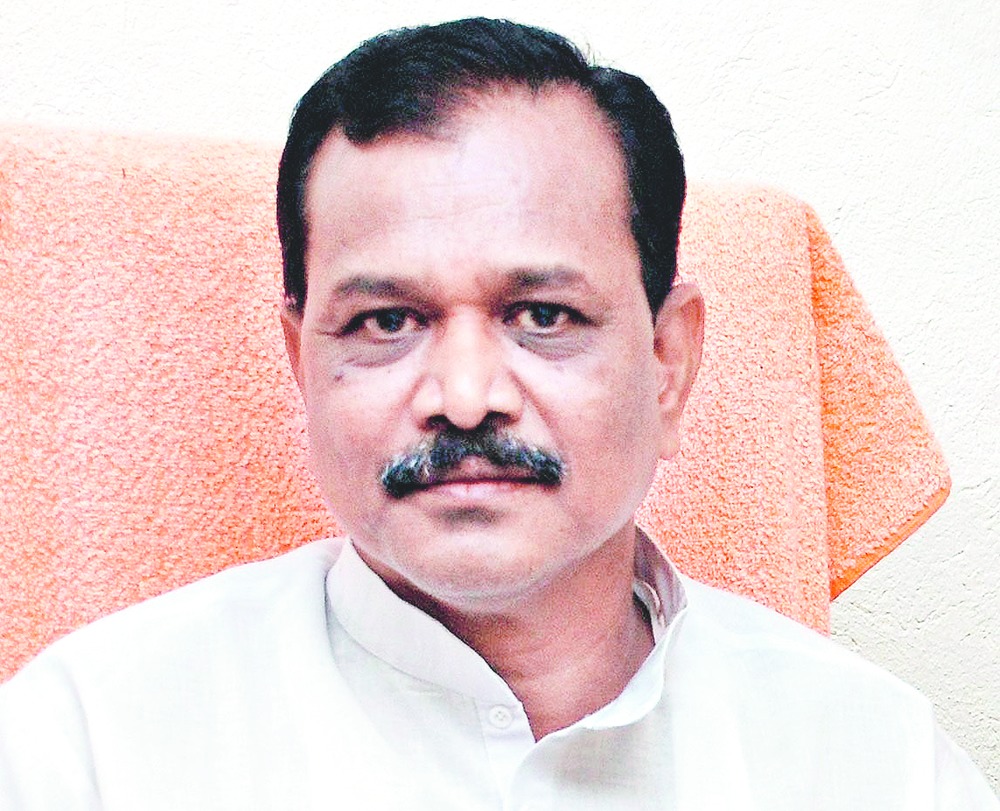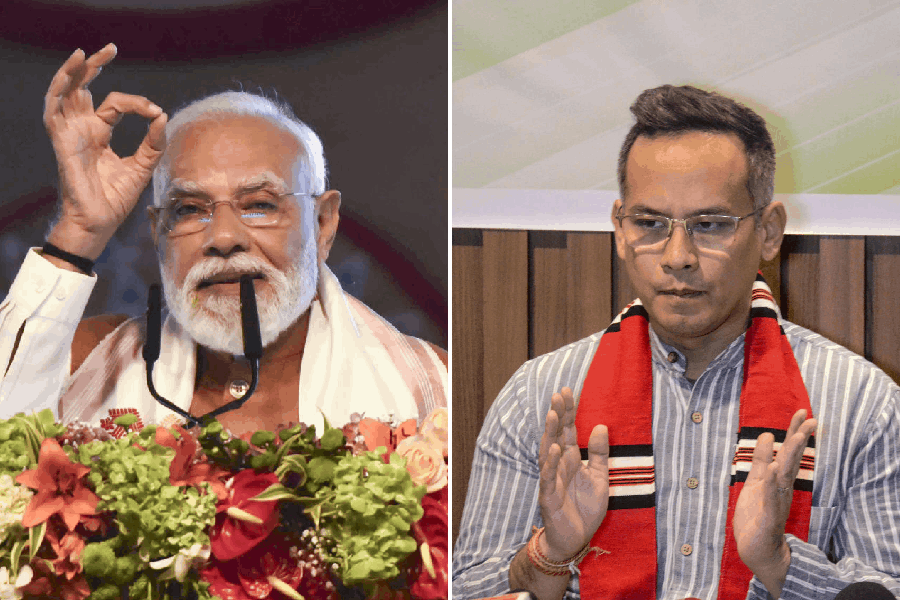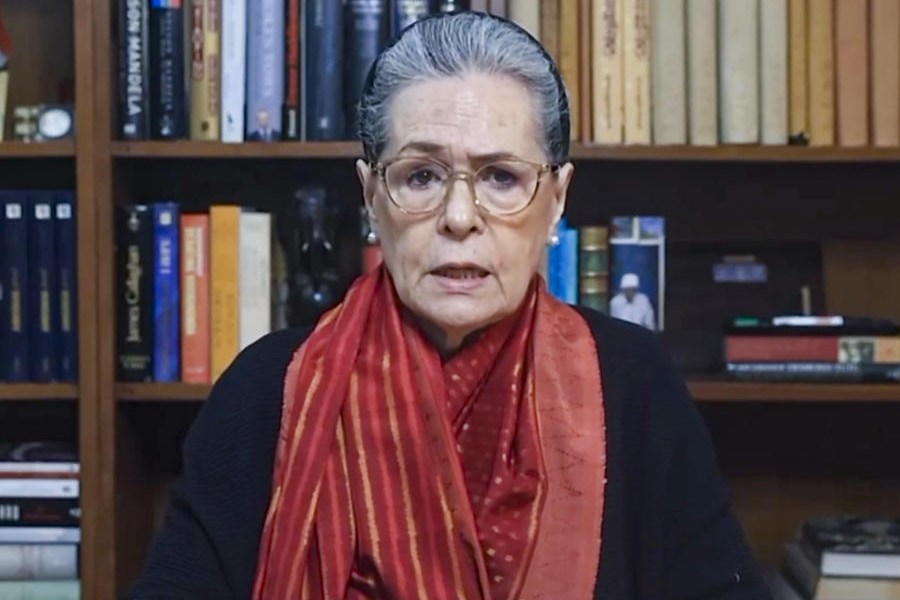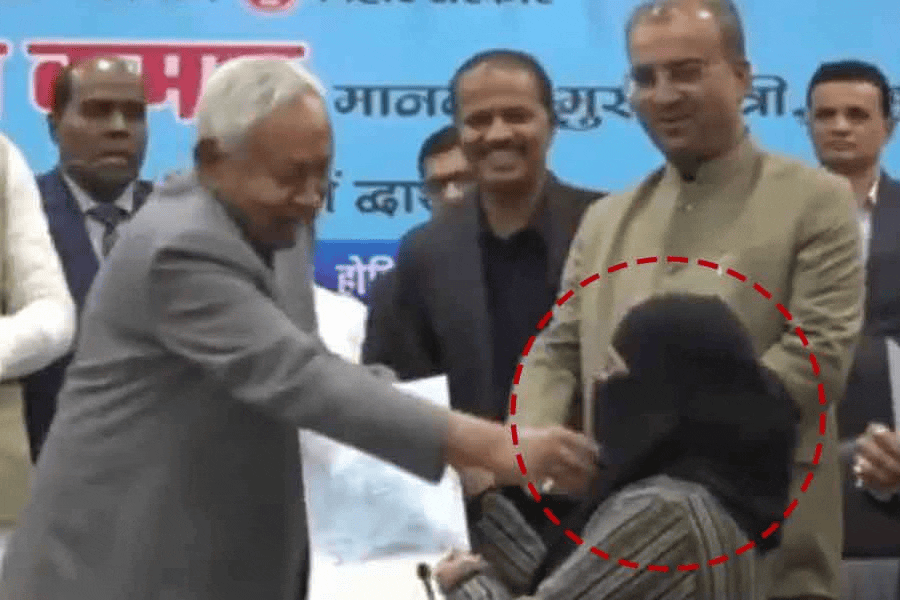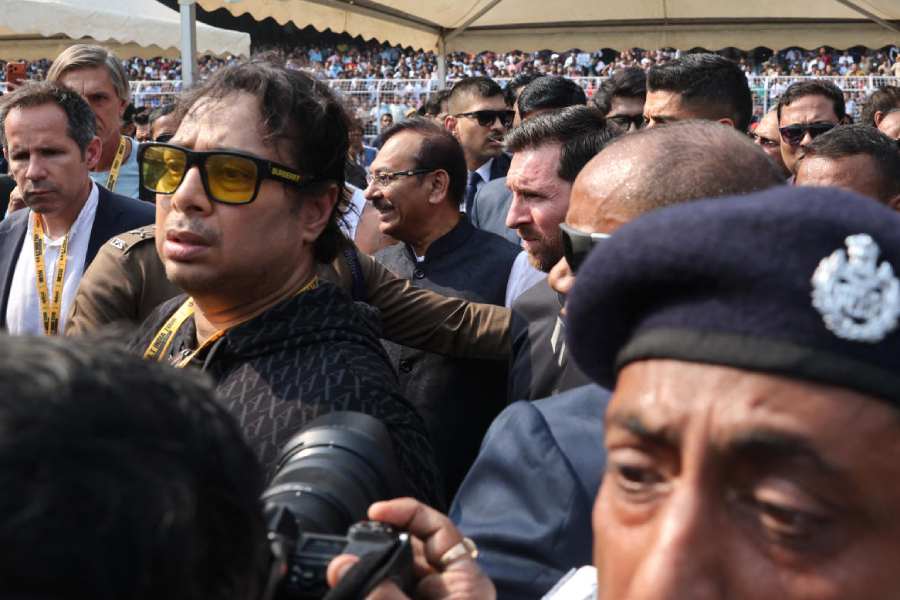
It is disturbing to see farmers pouring their milk on the streets as Odisha Cooperative Milk Producers Federation (Omfed) is not buying their products. Should not Omfed take steps to address the issue?
We are committed to the development of the dairy sector and of the farmers, but we are also answerable to consumers. They are paying money to get quality milk. We have found that some farmers are mixing powder and trying to sell it as milk milk to Omfed.
Last year, we had faced difficulties and the milk turned sour. The market of Omfed was badly hit. We have decided not to compromise on the quality and will not accept any adulterated milk. Besides, Omfed is not supposed to procure all the milk produced in the state. The milk can be marketed in rural and semi-urban areas by them. New opportunities should be explored by them.
But being a state-run agency, should not you try to collect more milk?
Milk production in the state has increased by six per cent during 2014-15 whereas procurement by Omfed has grown by 20 per cent. Last year, we had purchased milk powder worth of Rs 100 crore to meet the demand of the consumers. It has almost stopped now and ultimately the farmers have been benefited. The Omfed which started its journey with collection of just a few hundred litres of milk is now procuring more than 5.5 lakh litres of milk every day through 5,448 co-operative societies. We have also set a target to procure 10 lakh litres of milk by 2019.
Omfed is accused of paying less money to the farmers while procuring milk…
We are one of the federations in the country that is giving highest money to farmers. While Maharashtra is paying only Rs 20 per litre of milk, we are paying Rs 26 per litre. Wherever Omfed is collecting milk, the price of milk ultimately shoots up and it benefits local farmers. Around 80 per cent of the Omfed’s income is disbursed among three lakh dairy farmers. We are also planning to procure and process more milk.
A number of private firms have come up giving a stiff challenge to the existence of the Omfed itself...
I am in government sector. The state has an aim to produce 4.8 lakh million tonnes of milk by 2020. To reach that target, we should encourage dairy firms in the private sector. A silent revolution is taking place in the sector. A number of people have come up to set up the dairy plants and their applications are being processed. Here the market is big and Omfed is collecting only 10 per cent of the milk produced in the state.
Why has Omfed not been able to establish its name like Amul and export its milk products to other states?
Gujarat entered the dairy sector much before we did. When we started our venture, they had already made a name for themselves. At that time, we did have not adequate number of cows.
There was no cross-breeding animals at that time. Odisha’s name was nowhere among the milk-producing states. Now, the focus is on increasing milk production. We are also doing good business in the ice-cream sector and planning to co-brand it either with the Amul or with the Mother Dairy.
What are the plans to enhance milk production in the state?
We have introduced a comprehensive bovine breeding policy for the overall growth of dairy sector. It will help us in upgrading the genetic potentiality of our dairy animals to enhance their productivity. The policy will also enable the farmers to produce productive dairy animals suitable to our local conditions through artificial insemination. We try to ensure that a cow gives at least seven litres of milk.
Too much milk production may lead to distress sale of milk like that of paddy…
The per capita milk consumption in the state is only 105 millilitres compared to the national average of 260 millilitres. We are still lagging behind states, such as Punjab, in milk consumption. Our people are not in the habit of
drinking milk. Only parents who can afford are giving the milk to their children. We want this to change.
Once there is plenty of milk available, people will get a chance of having a cup of milk per day, particularly children. So there will be no scope for wastage of milk.
Does the government have any plans to give milk to children in schools?
Discussions are on to introduce flavoured milk or paneer under the midday milk scheme. We are also in touch with the school and mass education department for this.
Omfed plans to collect the milk of indigenously bred cows. Can you elaborate?
At present, Omfed is producing milk from a combination of shankar and desi breed cows. While shankar cows produce A1 type milk, desi breeds produce A2 type of milk which contains beta-casein proteins.
We have plans to start exclusive procurement and marketing of Binjharpuri cow milk and Chilika buffalo milk under premium brands which will help in better conservation and development of these indigenous breeds. The bovine breeding policy explicitly focuses on conservation and improvement of native breeds available in the state.
A recent research conducted in the United States of America, United Kingdom, Australia and New Zealand suggest that prolonged intake of A1 milk causes health hazards, including Type 1 diabetes, autism, heart disease, schizophrenia, endocrine dysfunctions, digestive distress and other aggravating neurological disorders. However, research has found that A2 milk is safer for human consumption. Keeping this in mind, can we say that Omfed milk is safe?
The milk produced in India is different from that of European countries. Our milk is safe and Omfed milk is safe for children. I can bet on that. People should drink pasteurised milk. To ensure this, we are planning a second plant.
Can you throw more light on the second plant?
The present dairy plant at Chandrasekharpur has the capacity to process one lakh litres of milk. The existing plant will not be able to meet the needs of the smart city in the coming days. We have a plan to set up an automated dairy plant at Arilo on the outskirts of the city at a cost of Rs.285 crore. The new plant will be able to process milk to the tune of 5 lakh per litres.
You are also the secretary of animal resources and fisheries department. Why does Odisha have to depend on neighbouring states for fish and chicken?
Things have changed. The overall production of fish both from inland and marine sources is much more than our requirement. There is a demand for freshwater fish that we are importing from Andhra Pradesh. But on the other hand, we are producing more than 1.2 lakh metric tonne of marine fish and our consumption is only 40 metric tonnes. The rest we are exporting.
Similarly, we are exporting more than 30,000 metric tonnes of brackish water fish, such as prawn. From this, the state is earning nearly Rs 2,000 crore every year. We are self-sufficient in broilers and meat production, particularly sheep and goat.
The government is supporting farmers in goat rearing with 50 percent subsidy and encouraging them to adopt modern practices. The occurrence of animal and poultry diseases has drastically reduced
Poet-bureaucrat
• A 1995-batch IAS officer, Sethi is also a poet and has already authored two anthologies of poems
• He hails from the Bhogarai block of Balasore district
• He did his graduation in mechanical engineering from the then Regional Engineering College, Rourkela, (now, Naitonal Institute of Technology) and his post-graduation in industrial engineering from National Institute of
Industrial Engineering, Mumbai
• He has handled a number of key posts in the government, including heading the census operation in Odisha
WHAT WOULD YOU HAVE BEEN HAD YOU NOT BEEN IN THE IAS?
From the very beginning, my teachers had encouraged me to go for the civil services and become a collector. However, had I not become an IAS, I would have been an engineer.

